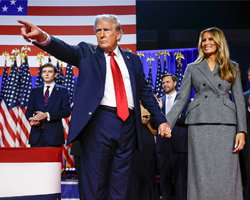US Election Uncertainty and Fed Rate Decision Keep Investors on Guard | Daily Market Analysis
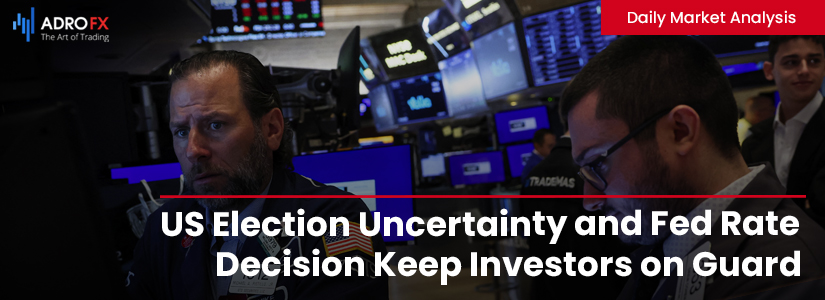
Key events:
- Australia - RBA Interest Rate Decision (Nov)
- USA - US Presidential Election
- USA - S&P Global Services PMI (Oct)
- USA - ISM Non-Manufacturing PMI (Oct)
- USA - ISM Non-Manufacturing Prices (Oct)
- USA - 10-Year Note Auction
As the week kicked off, US markets took a cautious stance, with the S&P 500 ending Monday in the red. Investors are bracing for two major events: the presidential election on Tuesday and the Federal Reserve’s upcoming rate decision.
The Dow Jones Industrial Average dropped 257 points, or 0.6%, while the S&P 500 and the NASDAQ Composite each declined by 0.3%. Both events carry substantial implications for market direction, and traders appeared hesitant to make major moves.
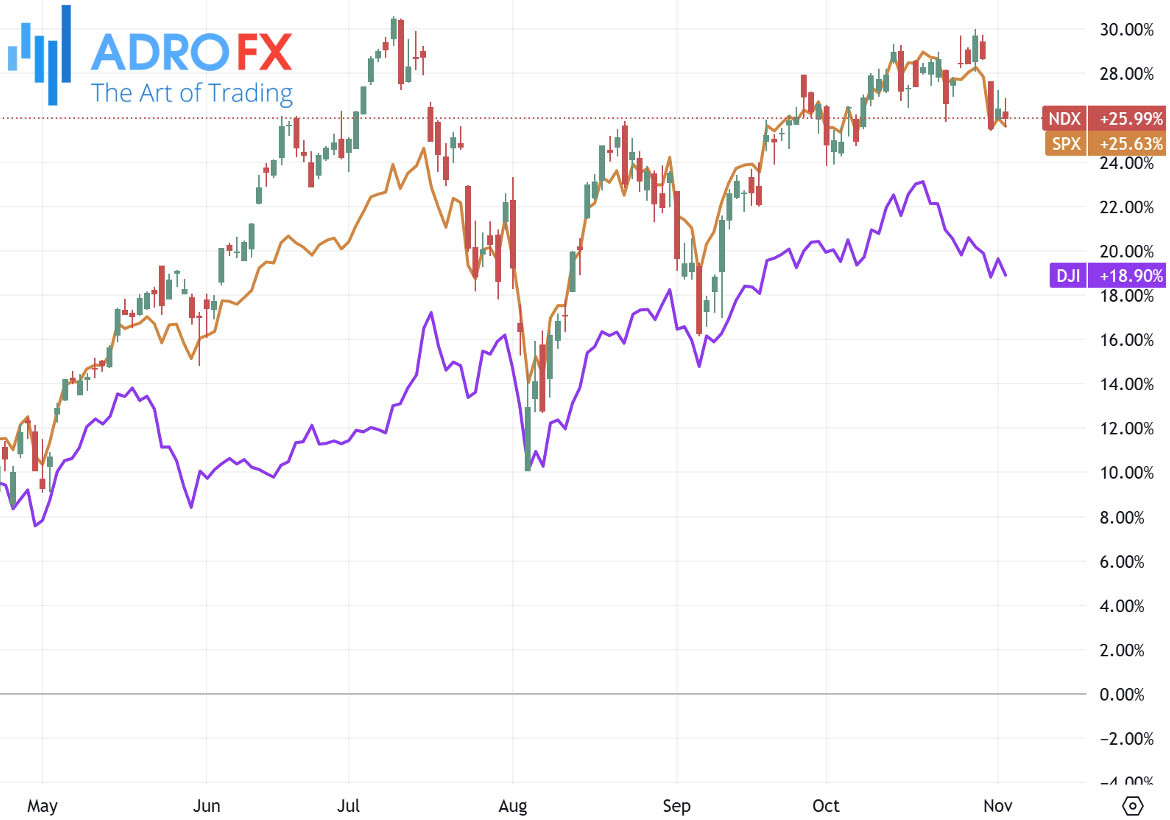
Concerns around the election are particularly high as recent polling data suggests a close race between Donald Trump and Kamala Harris. Investors are preparing for an uncertain outcome that could affect everything from inflation policies to trade tensions. A stronger dollar and rising Treasury yields indicate that some market participants are betting on a Trump win, which they anticipate would lead to policies supportive of inflation. Analysts are also monitoring the potential impact on Big Tech, as a Trump victory could escalate the US-China tech conflict, which may lead to increased tariffs and tighter regulations. According to Wedbush analysts, this possibility is already creating jitters among global tech investors.
On the commodity front, gold, often regarded as a safe-haven asset, managed to recoup most of its early losses in the Asian session and stabilized around $2,735 per ounce. The precious metal saw a resurgence of demand amid the uncertainty surrounding the US election, as well as heightened geopolitical risks in the Middle East. Such factors often drive investors toward assets that retain value during turbulent periods. With the election too close to call, traders are likely to keep an eye on gold’s performance as a hedge against both political and economic instability.
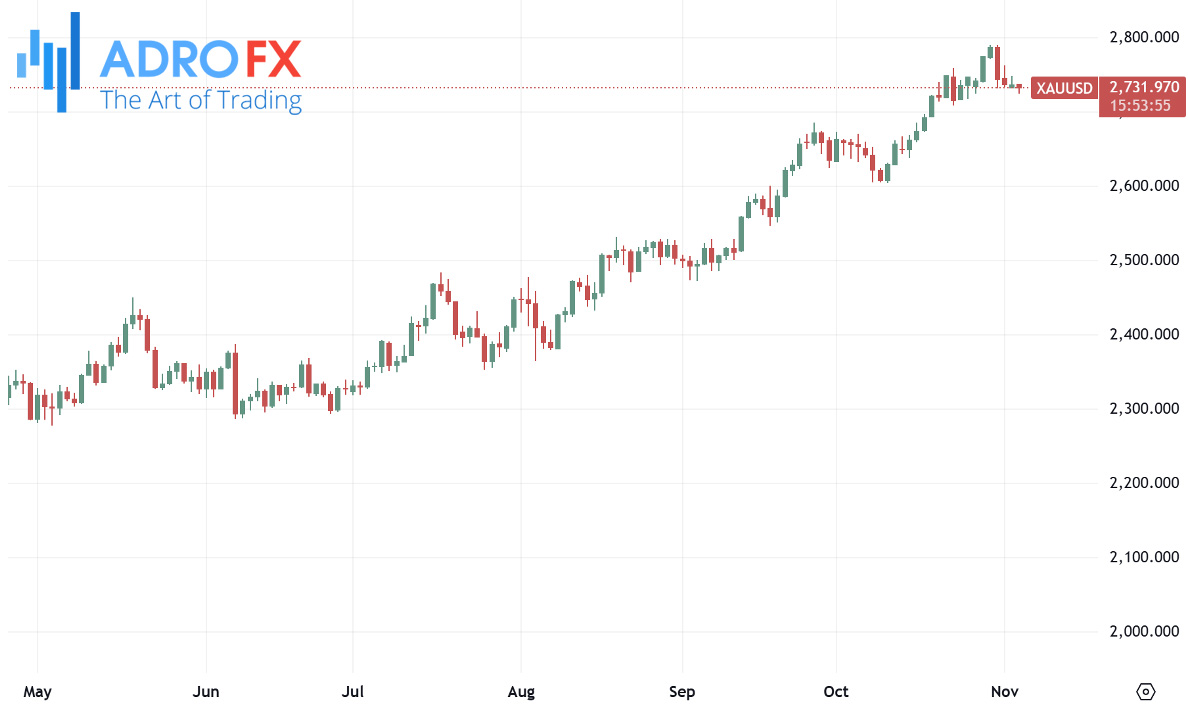
Meanwhile, currency markets also felt the weight of upcoming events. The Japanese Yen dipped against the US Dollar, with USD/JPY trading in the mid-152.00s after rebounding from a recent low. The Yen’s weakness reflects Japan’s internal economic challenges, as its political environment increasingly favors fiscal expansion. This situation has placed pressure on the Bank of Japan, which might find it challenging to continue raising interest rates. BoJ Governor Kazuo Ueda recently commented on the possibility of a rate hike in December, keeping the market on edge as traders weigh the implications for the Yen.
The JPY’s decline, however, may be tempered by market jitters around the US election and the ongoing narrowing of the interest rate differential between the US and Japan. Typically seen as a safe-haven currency, the Yen might gain renewed interest should election results lead to heightened volatility or if geopolitical tensions escalate.

The Australian Dollar held steady after gaining support from positive PMI data released earlier on Tuesday. The Reserve Bank of Australia kept its Official Cash Rate (OCR) at 4.35%, maintaining its pause for an eighth consecutive month. This decision reflects the RBA’s cautious stance amid lingering inflation risks, even as wage growth shows signs of easing. RBA Governor Michele Bullock underscored the need for ongoing restrictive monetary policy to keep inflation in check, particularly in light of Australia’s tight labor market.
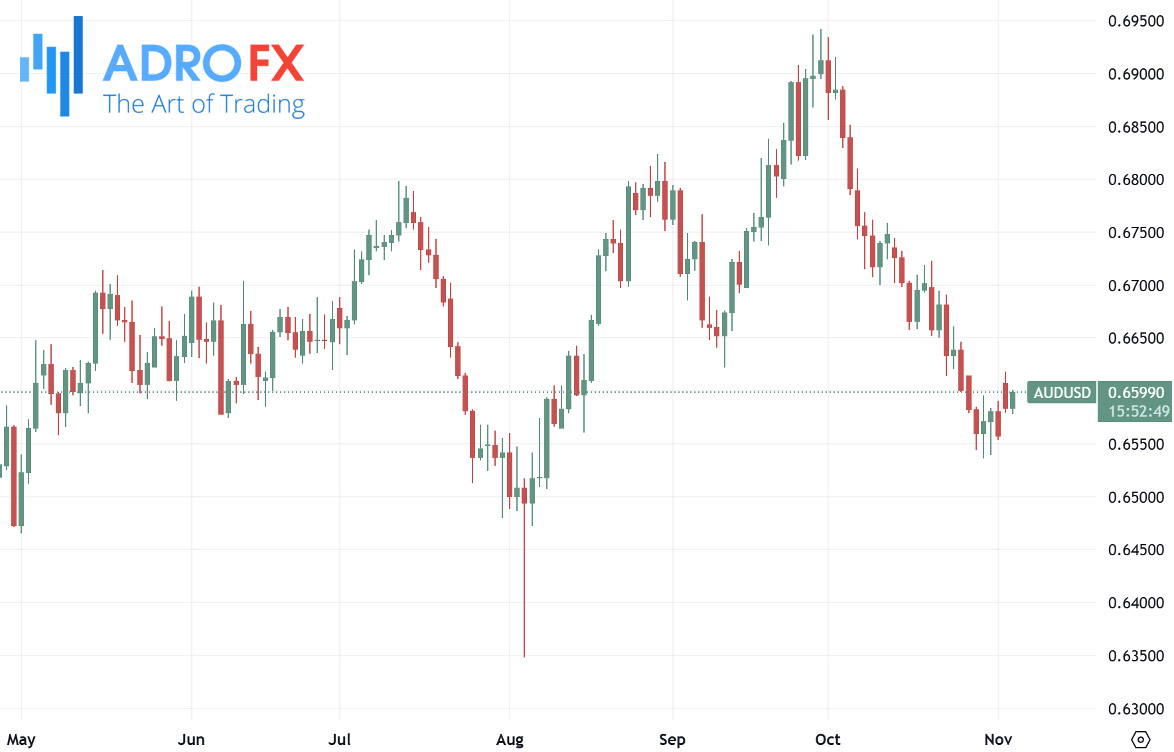
Supporting AUD sentiment further, Australia’s Judo Bank Services PMI improved to 51.0 in October from 50.6 in September, and the Composite PMI climbed from 49.8 to 50.2, surpassing market expectations. Additionally, China’s Caixin Services PMI, a key indicator for Australia’s trade relationship with China, rose from 50.3 to 52.0, signaling resilience in one of Australia’s major trading partners.
In North American markets, the USD/CAD pair held around 1.3900 amid election-related caution. WTI crude oil, a key export for Canada, was trading at around $71.20 per barrel, following a significant 3% rise on Monday. This increase came after OPEC+ announced a delay in its planned December production hike, providing some support to oil prices. However, the Canadian Dollar could face pressure if oil prices drop further. Traders are also eyeing the Bank of Canada, which is expected to announce another rate cut in December. BoC Governor Tiff Macklem recently mentioned the likelihood of a 50-basis-point reduction if economic conditions warrant it.
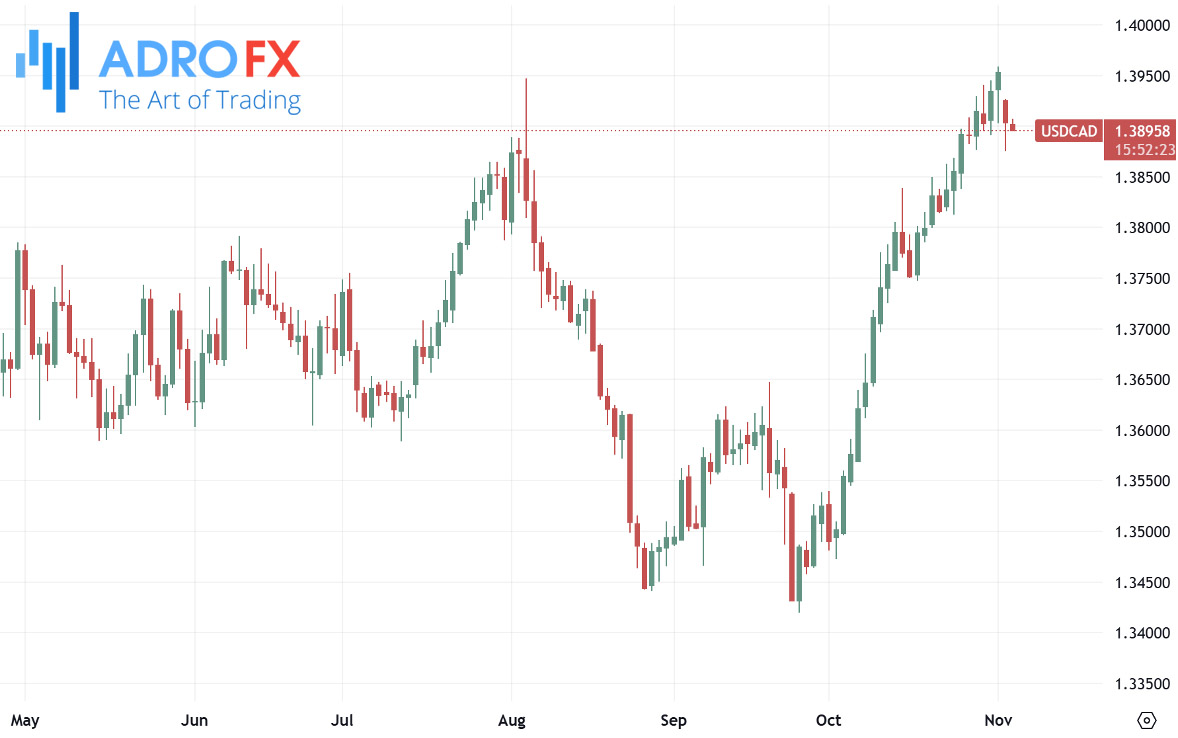
Finally, the Federal Reserve’s midweek meeting has captured investor attention as the central bank is widely expected to announce a 25-basis-point rate cut following its previous 50-basis-point reduction in September. Fed officials have taken a data-driven approach to monetary policy, and Chair Jerome Powell is expected to signal a measured stance on future cuts, particularly as US economic indicators suggest resilience. Markets are watching closely for any clues on the Fed’s long-term rate path, especially in light of sticky inflation that complicates the case for continued rate cuts.
Adding to the complexity, last Friday’s nonfarm payroll data showed a slowdown in job growth for October, coupled with downward revisions for the prior two months. This cooling labor market further underscores the challenges the Fed faces in balancing growth and inflation.
As the US faces a pivotal week, these events could set the tone for market performance well into the next quarter, making this a crucial time for investors and traders alike.

